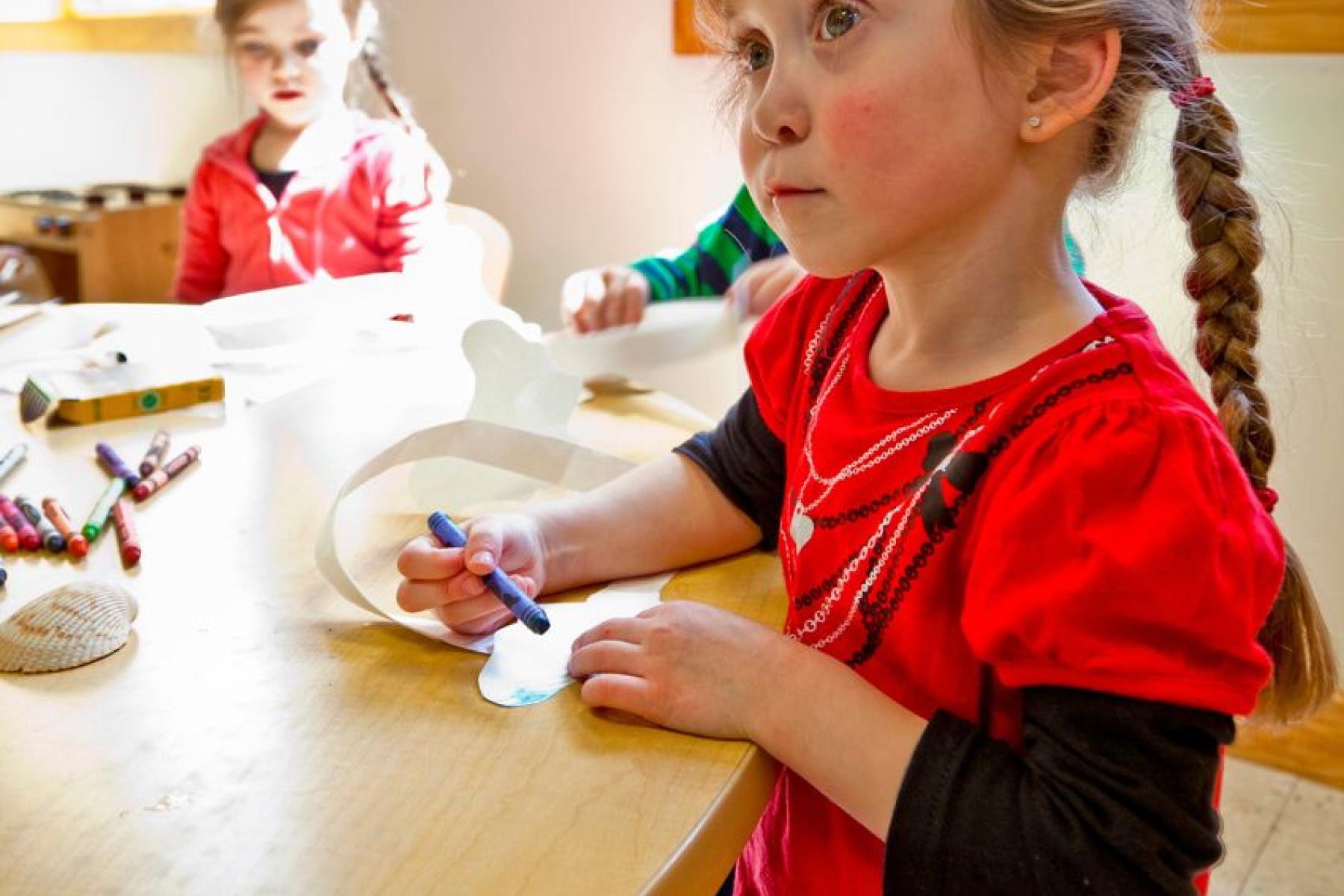DESCRIPTION
In this story time program, visitors actively listen to "Horton Hears a Who!" by Dr. Seuss. Before the story is read, children make paper "elephant ears" to wear. After the story, they use their sense of smell to explore scent molecules that are too small to see. This story time can also be presented in Spanish by using the Spanish-language story book.
DESCRIPTION
In this story time program, visitors actively listen to "Horton Hears a Who!" by Dr. Seuss. Before the story is read, children make paper "elephant ears" to wear. After the story, they use their sense of smell to explore scent molecules that are too small to see. This story time can also be presented in Spanish by using the Spanish-language story book.
TRAINING VIDEOS
OBJECTIVES
BIG IDEA
There are things that are too small to see, but we can smell some of them.
LEARNING GOALS
There are very small things, too small for our eyes to see.
Our sense of smell can sometimes detect tiny particles that are too small to see.
NANO CONTENT MAP
Nanometer-sized things are very small, and often behave differently than larger things do.
Credits
Sciencenter
Developed for the NISE Network with funding from the National Science Foundation under Award Numbers 0532536 and 0940143. Any opinions, findings, and conclusions or recommendations expressed in this product are those of the authors and do not necessarily reflect the views of the Foundation.
Creative Commons Attribution Non-Commercial Share Alike 3.0 United States (CC BY-NC-SA 3.0 US).
View more details

NISE Network products are developed through an iterative collaborative process that includes scientific review, peer review, and visitor evaluation in accordance with an inclusive audiences approach. Products are designed to be easily edited and adapted for different audiences under a Creative Commons Attribution Non-Commercial Share Alike license. To learn more, visit our Development Process page.

